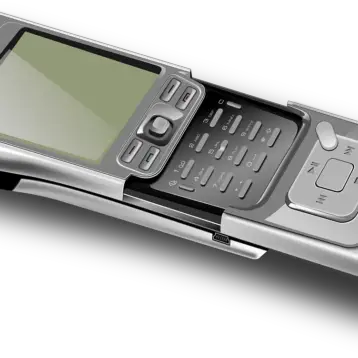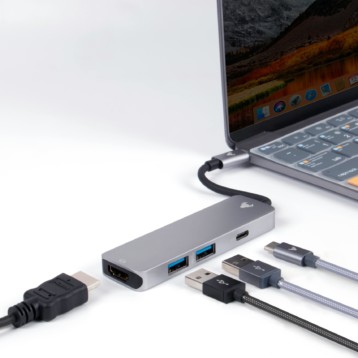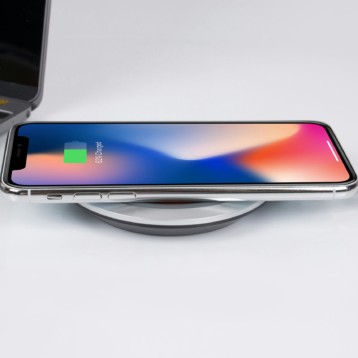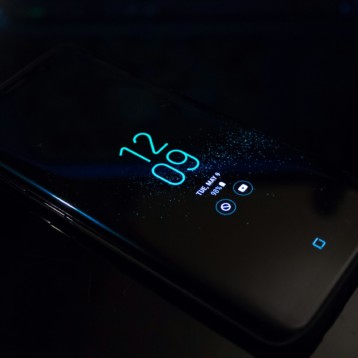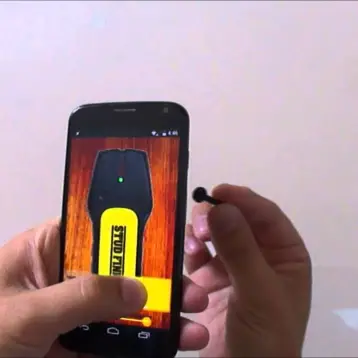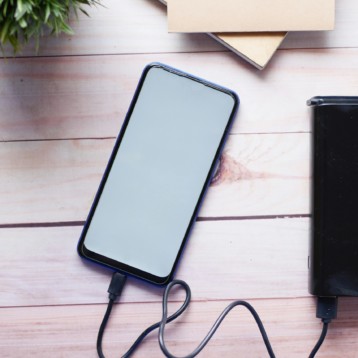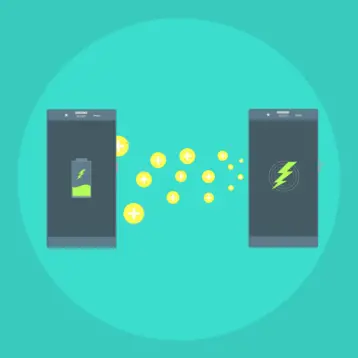
As the years have gone by, mobile phones have had a rapid evolution, and so have their designs. With people using smartphones for more than just communication today, phones carry out several everyday tasks, such as:
- Internet banking
- Navigation
- Browsing the internet
- Sharing pictures and videos on social media
- Staying connected with businesses or customers
- Paying for services and goods
First appearing in the 1970s, mobile phones have evolved to have longer battery life, be more compact, or allow more services, like running apps, sending text messages, or making video calls.
The 80s and 90s
Weighing almost one kg and measuring 30 cm in length, Motorola DynaTAC 8000X was the first mobile phone to be commercially available. In 1989, Motorola released the MicroTAC 9800x, a portable device designed to fit inside a shirt pocket. With a standby time of 30 hours and a storage capacity of 30 numbers, the phone dominated the early mobile phone landscape.
It was during the 90s when the Finnish company Nokia joined the mobile phone industry. Nokia led the way, presenting popular models such as 5110, 3210, and 3310, introducing customizable appearances, games, and ringtones.
The 00s
When the 00s began, Nokia’s dominance began to slip in favor of Sony Ericsson, Samsung, and LG. Colour screens and dual-screen designs began to appear. MP3 player functionality was also in many of the new releases.
The 10s
With Samsung, Huawei, and Apple starting to dominate the market, mobile phones began to be used for everything, including online banking, paying bills, choosing places to visit, or restaurants to eat at. They also featured great camera features, such as optical image stabilization, low light performance, or optical zoom.
The Era of SmartPhones
In 2007 the first iPhone was released, taking the world by storm. Phones have rapidly become GPS-enabled devices that you could also use to play music, take quality pictures, check your emails, download content, stream videos, edit photos, or play games.
Today we’re seeing curved screens, facial and fingerprint recognition instead of passwords, high-quality cameras, unlimited storage, huge screen sizes, and features like Apple Pay.
Why Do We Need Phone Cases?
Smartphones and phone cases go hand in hand. Mobile phones have become a core part of our lives, so we need to give them the protection they need. Mobile phone cases are essential for all users since they protect the phones from cracks, scratches, or other damage that may occur due to knocks or falls.
Phone cases allow phones to survive after being sat on or falling from heights. Other than protection, you can customize your phone case to have a unique look. You can create phone cases for your taste, reflect your personality and allow you to stand out from the crowd.
When buying a phone case, you can always look for features like:
- Drop-proof up to ten feet
- Type of material (natural leather, high-quality plastic, or silicone)
- Cost (leather cases tend to be pricier than plastic ones)
- Aesthetics
- Additional features (magnetic cases, lightweight, waterproof, built-in space to put a stylus, tempered screen protector, keyboard holder, shockproof)
Did you know that you can get things printed, embossed, or add liquid glitter on your phone case? You can also choose a biodegradable case and style with your accessories and outfits. A phone case may be just the artistic touch you need in your life.



